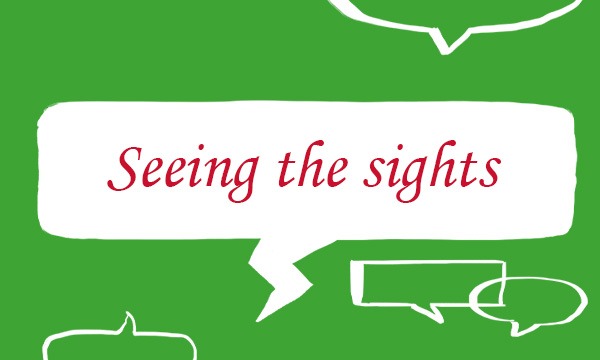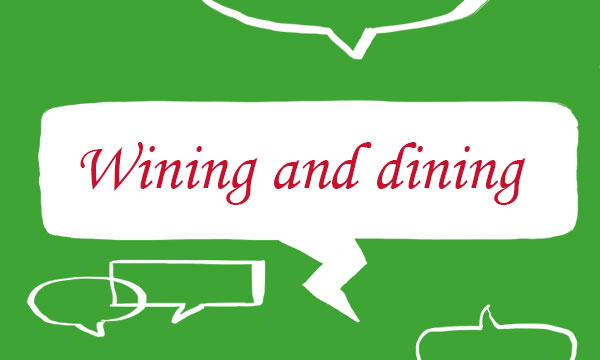Conversational Italian
In our next few blog articles, we’re going to be looking at some very common words and phrases which will help you to improve the Italian you use on a day-to-day basis, making you sound more natural. Each blog article will look at a different area of conversation, so make sure you read each one to build up your vocabulary to ensure that you have the right words and phrases at hand, no matter the situation!
Creating a good first impression is important, so you’ll want to be able to say hello to people properly. It’s not just about what you say, though, it’s making sure you are familiar with the correct etiquette when meeting people.
Italian people can seem quite formal in their greetings, usually shaking hands upon meeting and parting. Friends and relatives will often greet each other with a kiss on each cheek.
Just as in English, there are several ways to say hello in Italian. If you don’t know someone well, the best greeting to use is buongiorno (good morning or good afternoon) throughout the day or buonasera (good afternoon or good evening) later. If you are slightly unsure how formal to be, salve (hi) is a good option. Ciao (hi) is used among friends, family and young people. You would only use buonanotte (good night) at bedtime.
With the exception of salve and ciao, these greetings can be followed by signore/signora if you want to sound polite. Signore and signora are less formal than sir or madam in English, and can be used either when greeting a stranger or someone you know. Signora can be translated as Mrs/Ms and refers to a married or an unmarried woman. As in English, signorina (Miss) is less frequently used nowadays and tends to be used for young girls rather than adults. It’s polite to use someone’s title when addressing them or trying to get their attention.
When saying goodbye, the general form is arrivederci (goodbye), or, more politely, arrivederla. More formally, buongiorno and buonasera can be used to wish someone good day or good night as you leave. Among friends, family and young people, you can use ciao (bye) when leaving (as well as arriving). Informally, you will probably want to say something like A dopo! or A più tardi! (See you later!), A domani! (See you tomorrow!), A lunedì! (See you on Monday!) or Ci vediamo! (See you soon!).
Of course, when you’re introduced to someone, you need to know how to reply. People usually simply say piacere (nice to meet you), whether in formal or informal situations.
Piacere – Piacere.
Nice to meet you. – Nice to meet you too.
You may hear people saying piacere di conoscerti or piacere di conoscerla (formal) which also means nice to meet you. Here, the reply could be altrettanto (nice to meet you too).
You may well want to be a bit more effusive with friends, especially if it’s been a while since you’ve seen them.
Che piacere rivederti! How lovely to see you again!
Sono secoli che non ci vediamo! I haven’t seen you in ages!
Now you’ve overcome the first hurdle, come back for our next blog post to help you continue with the conversation!




collins_dictionary_official
The home of living language. #wotd #wordlovers #collinsdictionary
Read our word of the week definitions and blog posts: